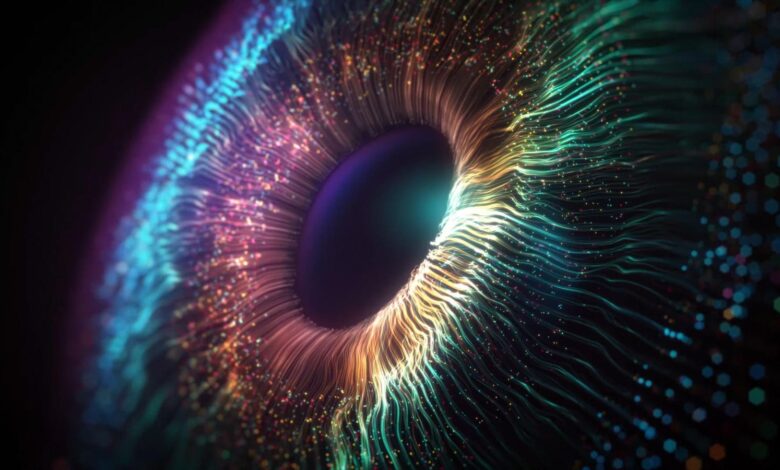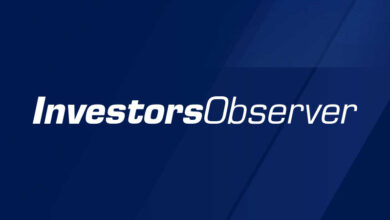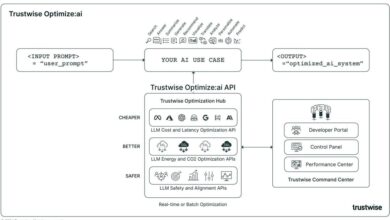How Marketers Can Incorporate Text-To-Image Generative AI Tools

Digital Eye Wave Lines Stock Background
A recent Gartner study found that 63% of marketing leaders plan to invest in generative AI tools in the near term. This is unsurprising given the number of potential marketing uses, such as automating routine editing tasks, delivering personalized experiences at scale or employing predictive models. One important area of marketing where generative AI can have significant impact is the creative process. Indeed, creativity has proven to be Gen AI’s “killer use case”, with 15+ billion images created with AI between 2022 and 2023, a figure greater than the total number of photos on Shutterstock and equal to one-third of all the images ever posted to Instagram.
With the explosion of social media, marketing teams are having to create more content and deliver it quicker than ever. This increased pressure applies to both creatives and designers who produce final outputs, and marketing managers who strategize and are now finding themselves responsible for posting social media content with increased velocity. More media is required, more insight on what works is required, production time frames are shorter and more reactionary posts are needed. To cope with this heightened pressure to create more content, marketing leaders will need to find ways to be more efficient and productive.
Text-to-image generative AI models can help solve this problem by accelerating ideation and boosting productivity of marketing teams. To better understand such generative AI tools and how they could be used by marketing teams, I connected with Praveen Krishnamurthy, who is a Product Marketing Manager at Adobe and does research on this topic. Krishnamurthy explained, “these text-to-image tools allow users to edit or produce imagery by using textual prompts; they are easy to use and empower marketers to create rich imagery from scratch and to make complex edits quicker.”
When asked how the marketing teams can adopt these generative AI models to improve efficiency, Krishnamurthy indicated “my research identifies three contexts in which they can leverage these tools – automating repetitive editing tasks, rapid prototyping and idea generation. First, marketing teams could automate repetitive tasks in editing images. This includes aspects like background removal, background replacement, object removal, adding or inserting new objects, lighting adjustments and expanding the dimensions of images. Editing images to produce high-quality final output is time consuming and requires highly skilled designers. Generative AI can save invaluable time in this part of the production process.
Second, generative AI can also save you a ton of time in rapid prototyping. If your creative team has a visual concept designed, you’d often want to test and experiment with different colors and settings. For example, if you are considering a new packaging design, text-to-image generative AI tools can offer mock-ups of a variety of visual options to choose from, including multiple color schemes, typography and imagery, making it easier and quicker to assess and iterate with different ideas.
Finally, if marketing teams have an initial idea or concept in mind, a text-to-image generative AI tool can give them a big boost by producing a diverse range of imagery that can spark their creativity. For instance, if you are working on a campaign focused on new eco-friendly packaging, you can start brainstorming by asking a text-to-image model to generate images that convey sustainability and eco-friendliness. The visuals so generated will serve as great conversation starters and accelerate the idea generation process.”
When asked to provide an example, Krishnamurthy pointed to Owen Jones, a creative agency working with some of the top global brands, as a company that has successfully adopted text-to-image generative AI for early ideation and generates rough drafts in seconds to determine whether their ideas will work.
Join the Discussion: @KimWhitler



